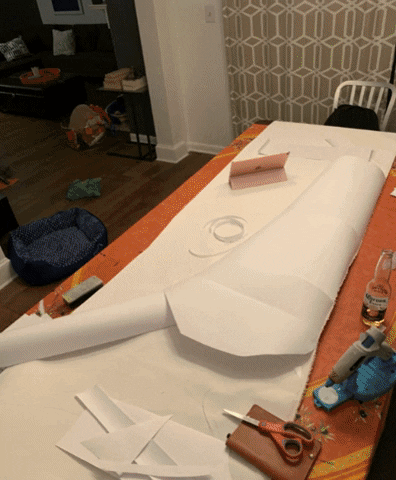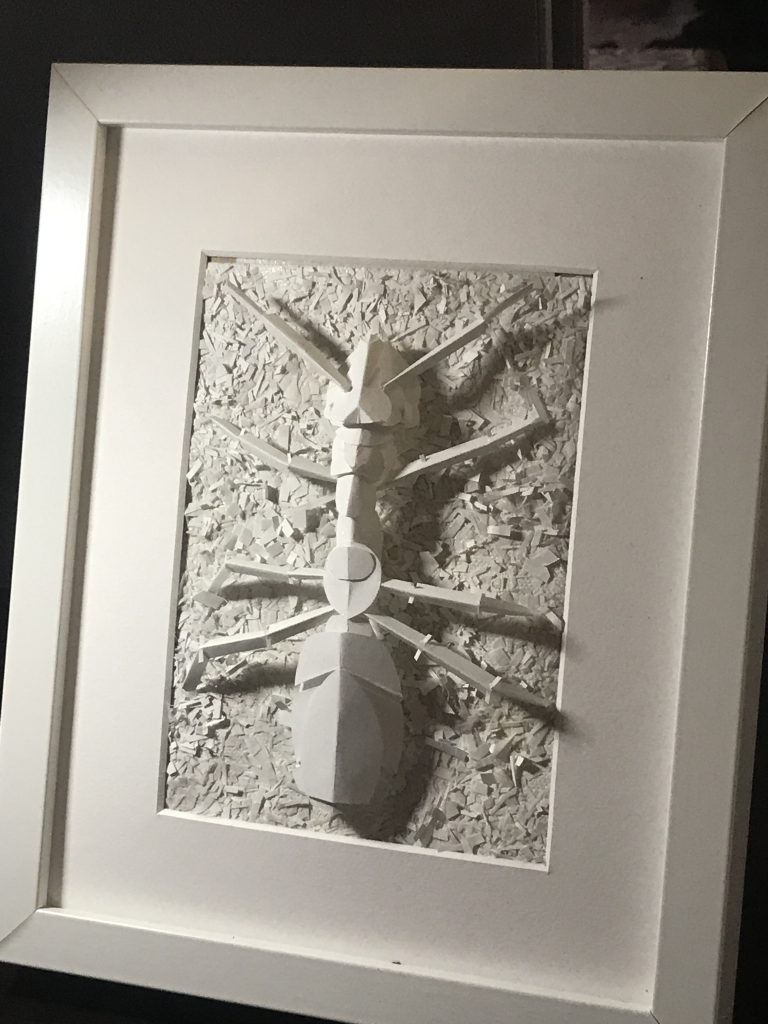
04 Dec XR Atlanta Art Show
XR Atlanta recently hosted its very first XR Art Show. This event gave artists and tech enthusiasts the opportunity to show off their talents in an interactive way and get feedback in real-time. Among the artists were some of Futurus’ very own team members, Jane Nguyen and Shelby Vecchio. Together they were able to leverage their talents to show how you can merge augmented reality and art in order to create something completely new. With Jane’s experience in AR development and Shelby’s incredible talent with paper sculpting, they were able to create the “Window to the Jungle” experience. I interviewed Jane and Shelby to learn more about the process of creating the art piece.
What was the inspiration behind the jungle theme?
Shelby and I sit across from each other and we call our work area “The Jungle.” We have real plants, some are hanging out in macramé planters, and a leafy garland surrounding us. When we were brainstorming ideas for the art show, we thought it would be cool to use our surroundings as the inspiration for the theme. The jungle theme leads to many different directions, so we were able to use it to our advantage. We could both use our strengths to create a multimedia piece. If an aspect of the composition wasn’t working with the paper sculpture, or the augmented reality portion, we could change it! The goal was to combine a technology we use every day into a traditional art form and see how we could push each medium.


Can you tell us more about what platform you used for the AR part of the art piece?
I chose to develop the experience on the Spark AR platform because it recently became available on PC. (Up until the spring of this year, Spark AR was only available to Apple users.) We are constantly evaluating new tools and the best way to test them out is by diving in and creating something. This was the perfect opportunity to see what is possible with Spark AR. My overall thoughts are that it’s user-friendly and theoretically like Unity and Blender, which made Spark AR familiar to work with. An advantage of Spark AR is its association with Facebook and Instagram as their platform for creating AR filters, which makes deploying to those social platforms and seeing a wide audience of potential users a huge perk.
What was your motivation for participating in the XR Art Show?
We wanted to show off our work, and most people have not seen paper art showcased in this way. It’s usually paintings and murals, not 3D and interactive. There seems to be a hunger for people to consume and create in Atlanta. XR Atlanta was able to highlight what artists and developers are doing in the city, and I think we [as a planner of the event and exhibitor] did a great job in bringing the two together.
Shelby, you are incredibly talented when it comes to paper sculpting. Could any of your creations become an AR art piece?
Yes! Today, the tech to create an augmented reality experience is very user-friendly for those who aren’t heavy in backend development. There are many programs available to a creator who wants to dive into the digital art space. The tools are also very versatile, so it could work with any traditional art medium, not just 3D sculpture. The more access an artist has to these tools, the more expansive the augmented reality of the piece could become. If the time is put into understanding the basic development of an application, and designing in 2D/3D digital space, the possibilities are endless. AR could easily become an extension of any art piece.
What was the response to the artwork?
The feedback was very positive. Paper sculpture is not a typical traditional art medium, so a sculpture, in itself, grabs attention. The “Window to the Jungle” piece is about 7ft tall. So, naturally, the scale is eye-catching. The piece is generally minimal is its styling in order to be cohesive with the 3D models in the augmented reality portion. Although minimal, all the components pieced together could be interacted with from far away or up close.
It could stand alone, but that wasn’t the goal of the piece. Creating a tactile art piece with an augmented reality component was the main objective. Once the app was demoed with the sculpture, people’s minds were blown away. It started turning people’s creative wheels – pitching me ideas of how AR could be used with an art piece they have experienced in the past. It shows the magnitude of XR on people’s minds and the possibilities of what an art piece could be defined as. Overall, I think it got people thinking about augmented reality, or alternate reality, in a different way.
Do you think that this helped to shed some light on the growing art and XR communities? Maybe helped to bring the two together?
I think this show helped people understand that the XR community is grander than just outputting gaming and simulated environments. XR has its own space in the art community, and it should show the possibilities of the technology we have access to today.
I hope it showed people there are many ways XR can be adapted other than just in a digital space. I would like to break the stigma that XR is only associated with strictly virtual experiences. I would also like to show people an art piece isn’t always made with traditional mediums. It is very exciting these tools are becoming more obtainable for developers and traditional artists to expand and experiment with what they can create!
“Welcome to the Jungle” is now on display at the Futurus office. Contact us to see it in person.







